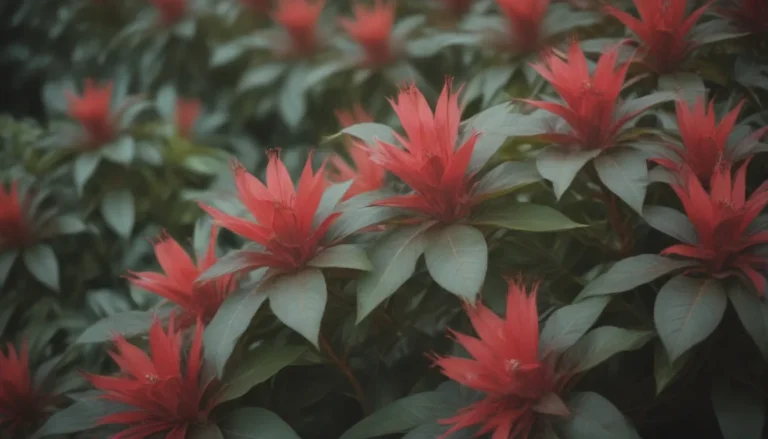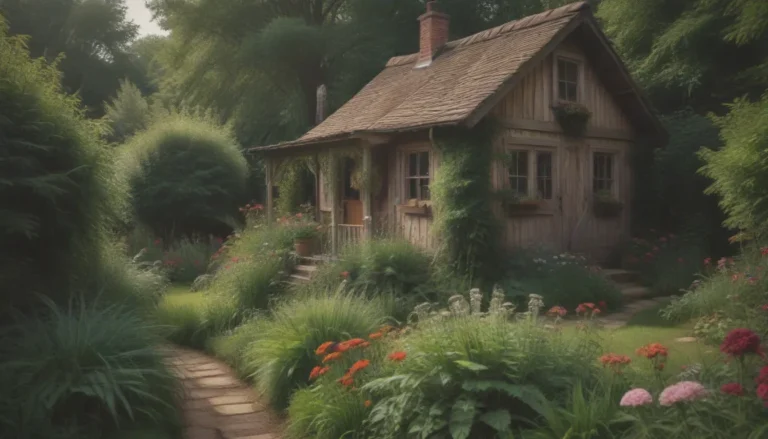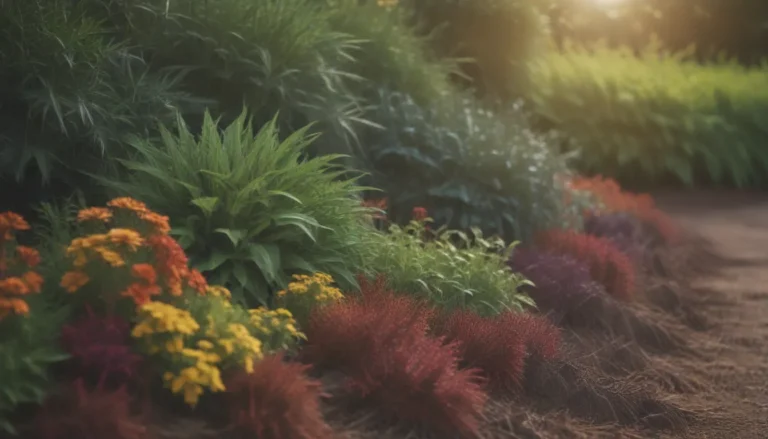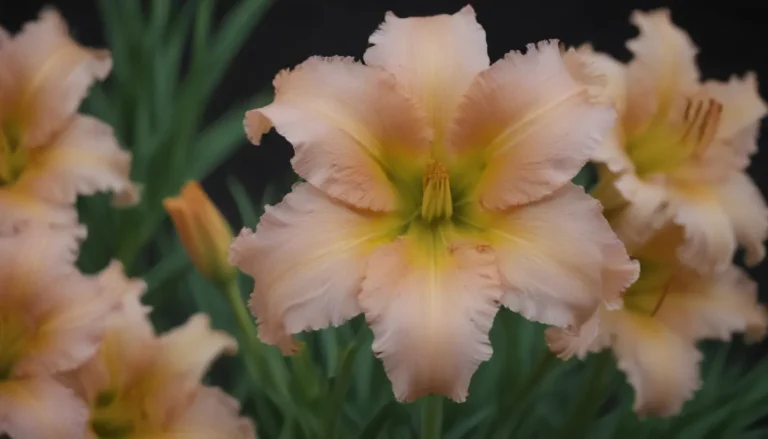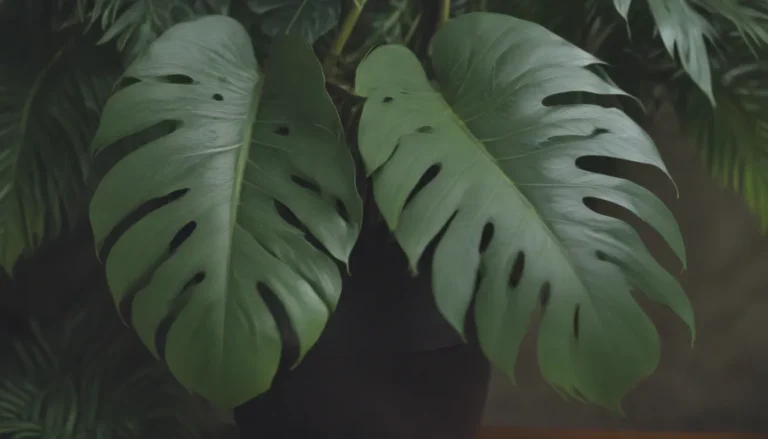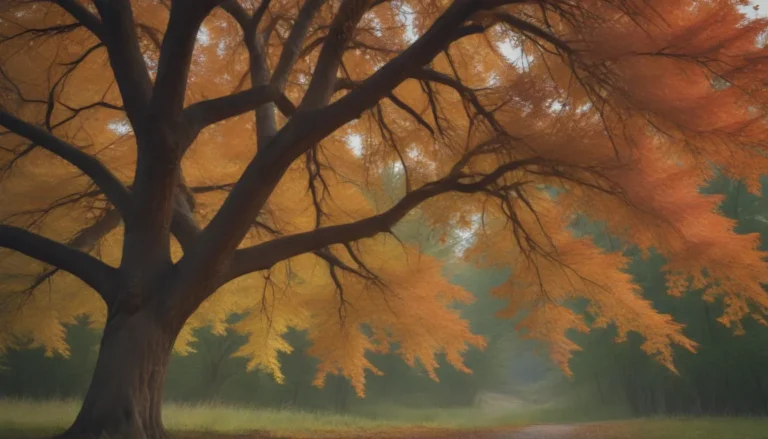Everything You Need to Know About Growing and Caring for Cast Iron Plants
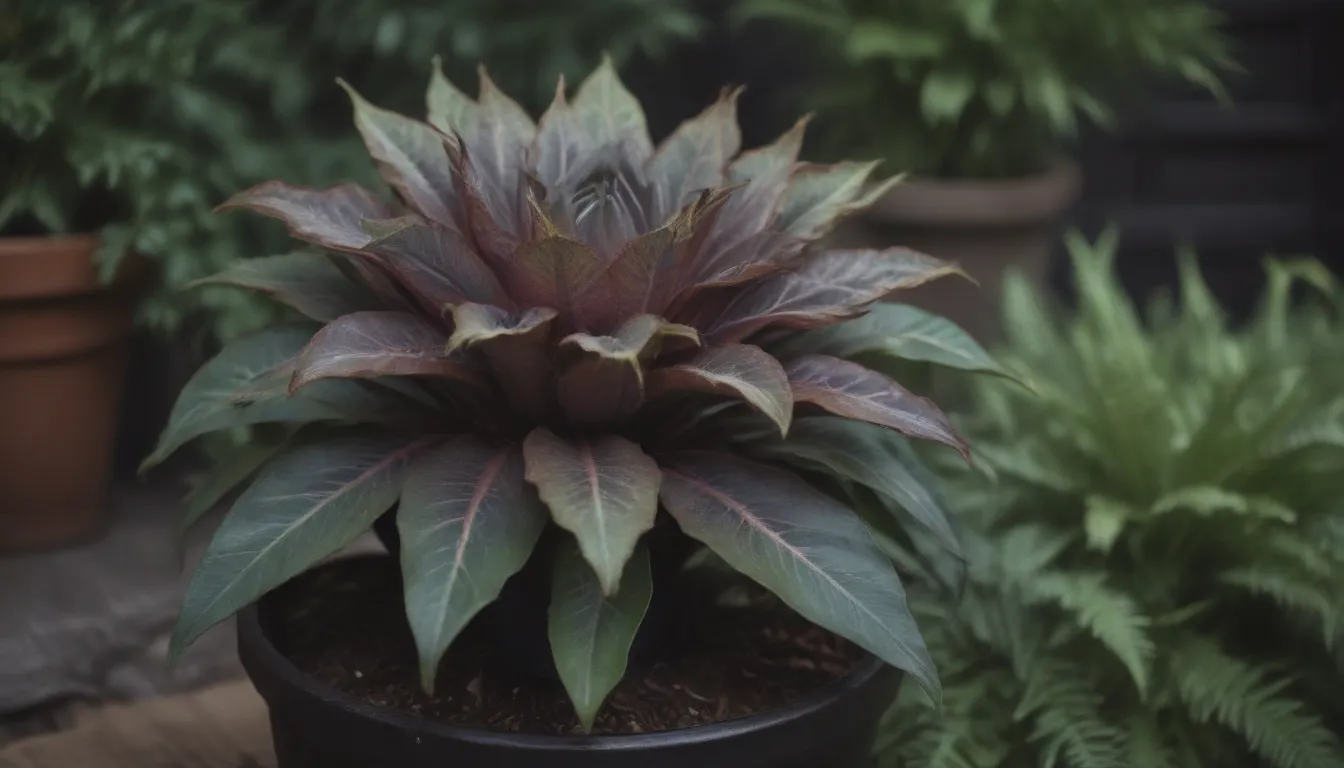
If you’re looking for a low-maintenance houseplant that thrives in low-light conditions, the cast iron plant is the perfect choice for you. Known for its hard-to-kill nature and lush foliage, the cast iron plant (Aspidistra elatior) is a popular choice for indoor gardening. But how exactly do you grow and care for this resilient plant? In this comprehensive guide, we’ll cover everything you need to know to keep your cast iron plant happy and healthy.
Cast Iron Plant Care
Light
- Cast iron plants can tolerate a range of light conditions, but they thrive in medium to bright indirect light.
- Avoid direct sunlight, as it can bleach and burn the leaves.
- When grown outdoors, place them in a shady area with indirect sunlight.
Soil
- These plants can grow in a wide range of soils, as long as they have good drainage.
- They prefer organically rich soil with a slightly acidic to neutral pH.
- For container plants, use a standard quality potting mix.
Water
- Be cautious of overwatering, as cast iron plants do not like to sit in wet soil.
- Allow the soil to dry completely between waterings.
- Water well, allowing excess water to drain from the pot’s holes.
Temperature and Humidity
- Cast iron plants prefer temperatures between 60 and 75 degrees Fahrenheit.
- Protect them from cold temperatures, as anything below 50 degrees Fahrenheit can damage or kill the plant.
- Standard household humidity levels are usually sufficient.
Fertilizer
- Feed your cast iron plant once a month during the spring and summer with an all-purpose liquid fertilizer.
- Avoid fertilizing during fall and winter months.
- Apply fertilizer after watering to prevent root burn.
Types of Cast Iron Plants
- ‘Variegata’
- ‘Asahi’
- ‘Hoshi-zora’
- ‘Lennon’s Song’
Propagating Cast Iron Plants
- Cast iron plants can easily be propagated by division.
- Best done during spring or early summer.
- Follow simple steps to propagate your plant and create new ones.
Potting and Repotting Cast Iron Plants
- Repotting is only necessary every few years.
- Wait until spring or summer to repot.
- Repot when roots are growing from drainage holes or circling inside the container.
Common Pests and Diseases
- Cast iron plants are typically resistant to pests and diseases.
- Watch out for common houseplant pests like mites and scale.
- Treat infestations with insecticidal soap or horticultural oil.
Common Problems With Cast Iron Plants
Browning Tips
- Often due to overwatering or underwatering.
- Check soil moisture before watering and ensure good drainage.
Leaves Turning Brown
- Can result from too much sunlight.
- Protect your plant from direct sun and temperature extremes.
Drooping Leaves
- May indicate the plant is too dry.
- Give it a good drink to perk it up.
Additional Tips
- Cast iron plants do best in medium to bright light, but can tolerate low light conditions.
- Avoid direct sunlight to prevent leaf burn.
- Good news for pet owners: cast iron plants are non-toxic to both pets and humans!
- Repot when roots begin circling the pot or growing from drainage holes.
In conclusion, the cast iron plant is a versatile, low-maintenance plant that can thrive in a variety of conditions. By following these care tips and guidelines, you can enjoy the beauty of this resilient plant in your home or garden. Remember to provide it with the right amount of light, water, and nutrients, and your cast iron plant will reward you with its lush foliage and easygoing nature. Happy gardening!
